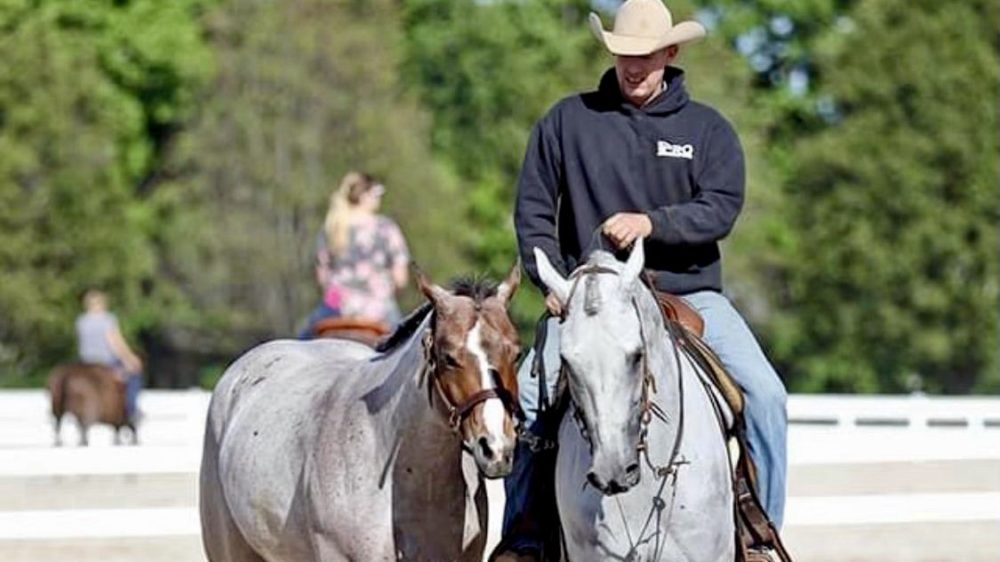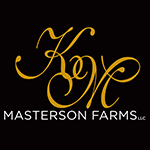Ponying a horse is a useful tool in any horseman’s toolbox, provided it is done properly. Often, this involves the coordination of two horses, the pony horse (the horse with a rider who is leading the other horse) and the ponying horse (the horse being led by the horse/rider team).
Ponying has many benefits: (1) it provides a way to exercise two horses at once, saving time; (2) it promotes confidence in a young horse that lacks experience or is too young to have a rider on its back; (3) it teaches the ponying horse to be comfortable near other horses while being ridden; and (4) it teaches the ponied horse to cooperate – quite literally, teaching them the ropes.
While ponying has many benefits and advantages, an experienced rider best performs it. Specifically, you have two horses to control, and you must handle the reins of the pony horse and the lead of the ponying horse, all while keeping both horses aligned and moving in the same direction.
 We spoke to Dewey Smith (Dewey Smith Quarter Horses), Margaux Tucker (Gaux Pony Ponying Services), and Ted Turner (Ted Turner Equine), all of whom regularly pony young horses as part of their training programs.
We spoke to Dewey Smith (Dewey Smith Quarter Horses), Margaux Tucker (Gaux Pony Ponying Services), and Ted Turner (Ted Turner Equine), all of whom regularly pony young horses as part of their training programs.
Specifically, Smith and Turner use ponying as an essential element of their exercise regimen for preparing and fitting halter horses to show. On the other hand, Tucker has partnered with her boyfriend Dylan Foreman to create Gaux Pony Ponying Services.
Tucker and Foreman bring pony horses for hire to major shows where trainers can actually rent a skilled pony horse, or individuals can hire Tucker and Foreman to pony their horse around at the show, which is ideal for avoiding the long lines for longing pens or for horses who cannot longe due to soundness issues.
We spoke to these experts to learn some trade tips for ponying a horse safely, while ensuring you obtain the best results.
Use A Good Pony Horse
According to Tucker, using a good pony horse is the foundation of setting up a positive and safe ponying experience. She has found that geldings tend to make better pony horses than mares, and Smith agrees. According to Smith, many of the horses in his care are colts and stallions, and he does not want them distracted.
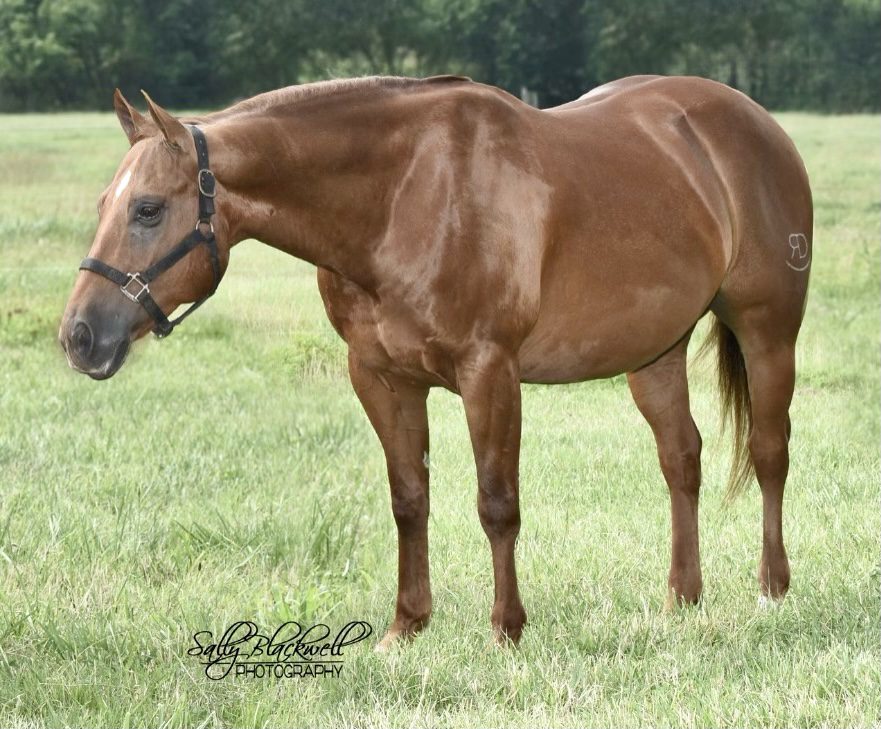 Tucker states that she prefers her pony horse to be between 8-12 years old. This is because the ideal horse has “been there and done that” but isn’t so old that the ponying process is physically exhausting for them. (Pictured left is one of Tucker’s best pony horses)
Tucker states that she prefers her pony horse to be between 8-12 years old. This is because the ideal horse has “been there and done that” but isn’t so old that the ponying process is physically exhausting for them. (Pictured left is one of Tucker’s best pony horses)
Additionally, herd hierarchy plays a role in a good pony horse, and she advises you use a horse that is “confident and not a pushover, but isn’t necessarily an alpha that will get too aggressive with the horse being ponied.”
The ideal candidate will have “some level of a motor” with the energy to work long hours, but they can’t be a “hot” horse because they need to be able to keep the rider and the horse they’re ponying safe. So instead, Tucker advises using a sound, strong, sensible horse, adaptable in personality and responsive to commands in various distracting scenarios.
 Smith looks for a horse that is a good listener and handles easily. In addition, he wants them to have a strong stop, back, and rollback to the right and the ability to easily rate their speed to the rider’s seat.
Smith looks for a horse that is a good listener and handles easily. In addition, he wants them to have a strong stop, back, and rollback to the right and the ability to easily rate their speed to the rider’s seat.
Smith says, “A good pony horse can be hard to come by, and they are worth their weight in gold.” Indeed, a good pony horse can be used to turn multiple young horses into champions.
Note: Turner acknowledges that not everyone has access to a good pony horse or, in his case, enough fresh pony horses to work all of his young horses. Therefore, Turner uses a John Deere Gator to pony his horses.
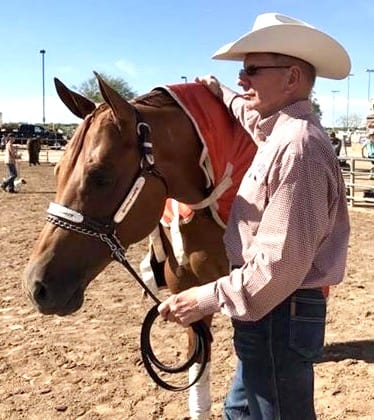 Turner states that it is essential to ease a young horse into the process of ponying off a motorized vehicle, as it is less natural for them than following another horse.
Turner states that it is essential to ease a young horse into the process of ponying off a motorized vehicle, as it is less natural for them than following another horse.
Therefore, after the necessary groundwork is laid, he begins by ponying them off the back of the Gator with an assistant holding the lead while he drives. This allows the handler to focus on the horse instead of dividing their attention by driving and leading.
Additionally, the handler uses a longe whip, not for punishment, but as an extension of their arm so that they can touch the ponying horse’s hip to straighten them out as needed or to tap their butt to coax them along.
Finally, once the horse has become comfortable with the Gator and cues while ponying from behind, Turner graduates them to ponying from the side of the Gator with a single handler/driver (a more similar position to ponying off of a pony horse).
Have The Right Equipment
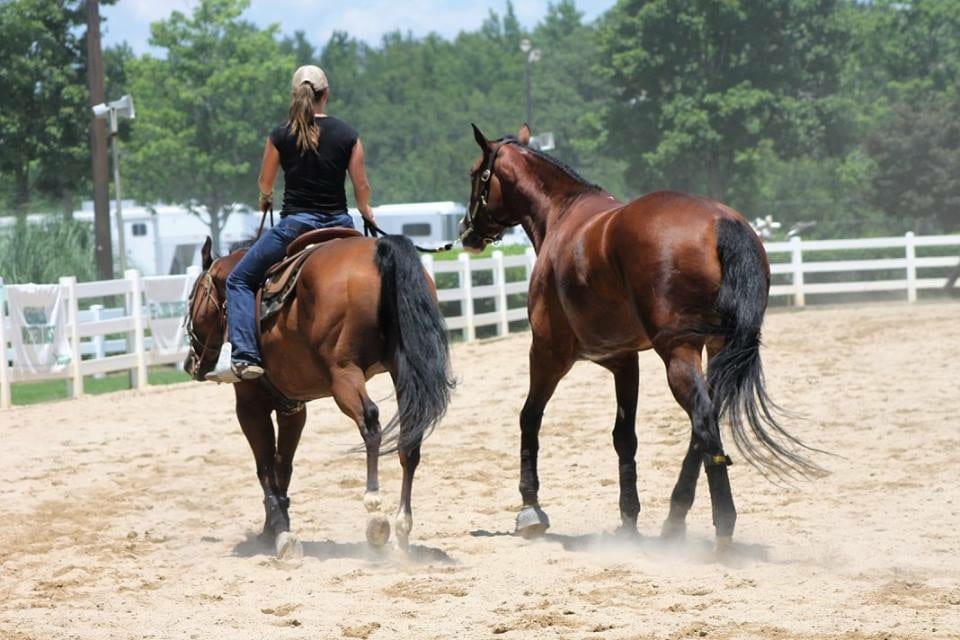 Tucker advises that you have to understand the proper equipment to use when ponying and use that equipment properly.
Tucker advises that you have to understand the proper equipment to use when ponying and use that equipment properly.
For example, she recommends utilizing a cotton lead rope to have a little more “give” and won’t cause burns if the horse being ponied pulls back (even when using gloves, the ropes can cause burns).
Turner reminds handlers not to use a chain on a green horse as that can add to fear and make the experience dangerous for all involved. If you use your saddle horn to dally the rope, Tucker reminds you to make sure to tie it properly (counterclockwise with your thumb on top) to avoid the possibility of losing a finger. Smith says he rarely dallies horses to the saddle as he prefers to push the ponying horse along by walking into them and getting them off their hind end instead of dragging them along.
Keep The Proper Positioning
Everyone we spoke to emphasized that it is imperative to “keep the proper positioning” between the pony horse (or cart) and the horse being ponied. Never let the ponying horse get too far behind you. If the rope gets too long, it could get behind the saddle or under the pony horse’s tail (or caught in the cart), which could quickly become dangerous. Therefore, remember that the ponying horse should be similar to a horse being led on the ground, near the rider’s leg.
Baby Steps
Like all horse training, starting slow and taking a task incrementally usually leads to the best results. Turner says the foundation for ponying a young horse is laid in the groundwork before ponying. He makes sure a horse is well-versed in the basics of leading, giving to pressure, and backing when asked before he even attempts to pony them. He also emphasizes that consistency is always the key when working with young animals so that they clearly understand your expectations and aren’t confused when you begin asking for more.
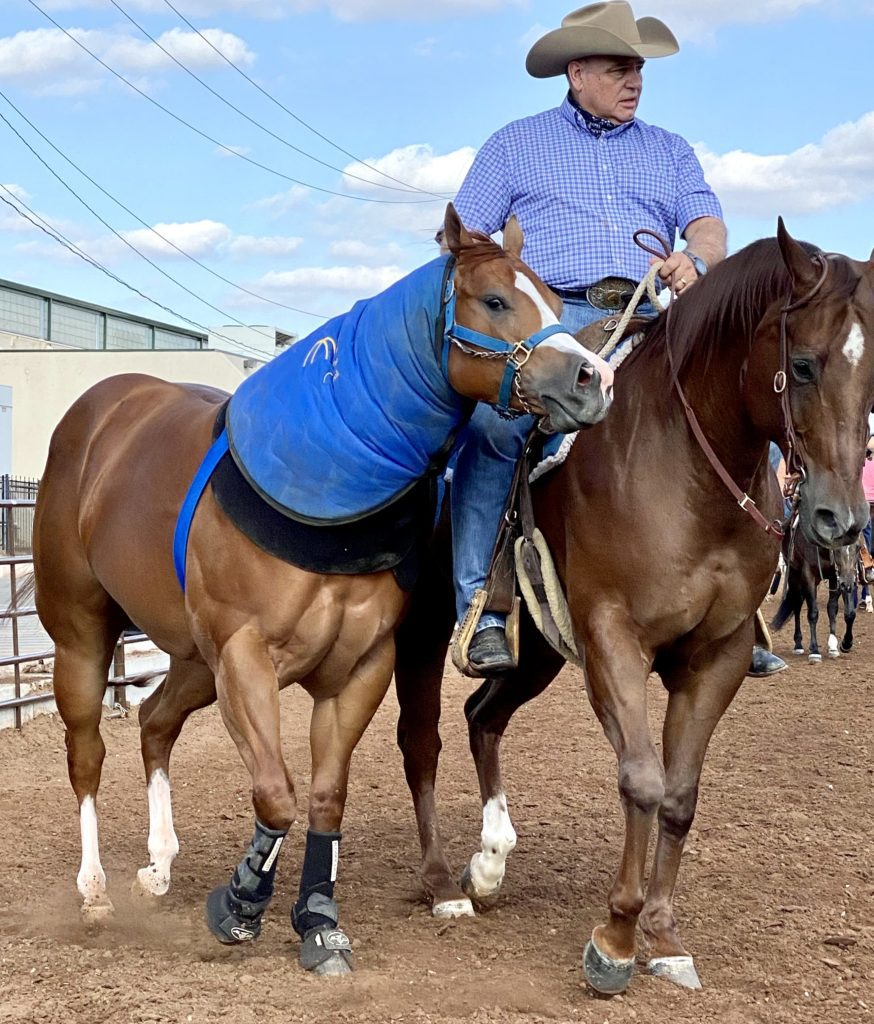 When starting to pony a weanling or yearling, Smith begins with short sessions that last around six minutes at a time and then builds to around ten minutes. He also works the babies at one gait per session to allow their muscles time to recover. For example, he will work on jogging one day, then cantering another day, and long trotting the next. He also emphasizes working the horse in both directions, particularly the canter, to build symmetrical muscles.
When starting to pony a weanling or yearling, Smith begins with short sessions that last around six minutes at a time and then builds to around ten minutes. He also works the babies at one gait per session to allow their muscles time to recover. For example, he will work on jogging one day, then cantering another day, and long trotting the next. He also emphasizes working the horse in both directions, particularly the canter, to build symmetrical muscles.
If working from a pony horse, both Smith and Tucker advise that you start in a round pen to have good parameters. One of the most daunting aspects of ponying is keeping control in a large space where lots of activity occurs.
Therefore, when teaching a horse to be ponied, you need to eliminate distractions and decrease space. Once the horse being ponied learns to properly yield to pressure and keep stride with the pony horse, you can gradually increase the space and exposure to traffic, so that your ponying horse can build confidence.
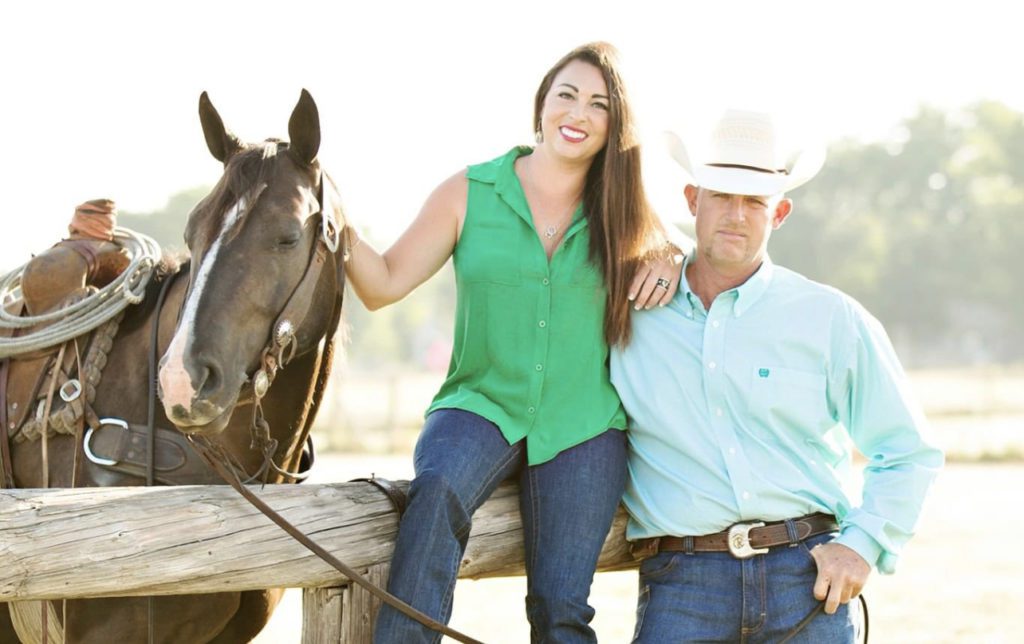 Tucker also recommends you start the process with the ponying horse to the outside of you, so they are positioned between you and the rail. Again, this will reduce space and assist you with keeping them in the proper position relative to the pony horse.
Tucker also recommends you start the process with the ponying horse to the outside of you, so they are positioned between you and the rail. Again, this will reduce space and assist you with keeping them in the proper position relative to the pony horse.
Once exposing the ponying horse to traffic, remember to keep the pony horse between any traffic and the horse being ponied. Start in a direction with the ponying horse to the rail to reinforce positioning when starting. This should also tire horse being ponied, so when you change directions, and the ponying horse is to the inside of the arena, they are less likely to act out and impede traffic.
Be Adaptable
Every horse is an individual, and they learn differently. Tucker advises that, when dealing with a ponying horse with “too much go,” start them on the outside (between the rail and the pony horse) and let them “longe themselves to an extent by covering more ground than the pony horse.”
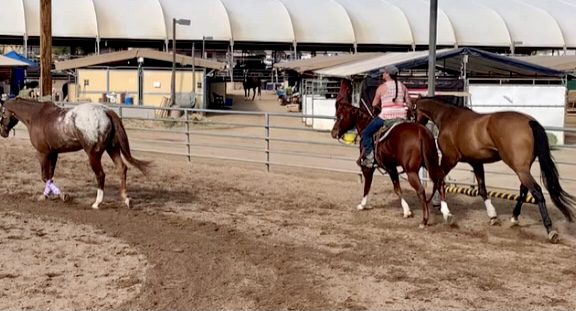 When dealings with a lazy or stubborn horse, Tucker advises you to start by pushing them around like a cow with the pony horse walking into them and forcing them to move and get off their hind end, so they respect the pony horse and are more willing to move in tandem.
When dealings with a lazy or stubborn horse, Tucker advises you to start by pushing them around like a cow with the pony horse walking into them and forcing them to move and get off their hind end, so they respect the pony horse and are more willing to move in tandem.
Again, Smith advises against dallying a horse that doesn’t want to move with the pony horse and instead agrees with Tucker’s method of using the pony horse to push the young horse into position. He says the results are much better for everyone involved when the ponying horse learns to cooperate instead of forcing them along.
 When done properly, one of the main benefits of ponying is to exercise a horse by allowing them to move more freely and in straighter lines than longing would. This decreases stress on the joints, especially in a developing animal. All of our experts agree that the line work allows horses to build a stronger, more pleasing topline and and will contribute to a horse’s longevity .
When done properly, one of the main benefits of ponying is to exercise a horse by allowing them to move more freely and in straighter lines than longing would. This decreases stress on the joints, especially in a developing animal. All of our experts agree that the line work allows horses to build a stronger, more pleasing topline and and will contribute to a horse’s longevity .
Turner also believes it reinforces the basic principles of leading, yielding to pressure, and focusing on their handler’s cues, which gives you a “more broke” animal sooner in the training process.


